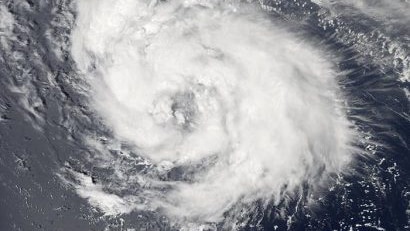At a glance
CDC activated its Emergency Operations Center (EOC) to support the responses to Hurricanes Gustav, Hanna, and Ike.

About the Response
On September 1, 2008, Gustav made landfall as a category 2 hurricane near Cocodrie, Louisiana. It left more than 1.4 million households without power and caused $4.6 billion of damage.
About 537 deaths were reported, mostly due to flooding in northern Haiti. Additionally, Hanna caused $160 million in damages to the United States.
Hurricane Hanna, which formed on August 28, struck Myrtle Beach, South Carolina, before becoming an extratropical cyclone as it traveled into the Canadian Maritimes early September 7.
Approximately a week later, on September 13, Hurricane Ike made its final landfall over Galveston, Texas, as a category 2 hurricane. Ike caused damages estimated at nearly $29.5 billion.
As a result of the hurricanes, counties across Alabama, Arkansas, Florida, Kentucky, Texas, Louisiana, Mississippi, and Ohio were declared federal disaster areas between August 29 and October 27. Based on lessons learned during Hurricane Katrina, CDC developed and piloted disaster mortality and morbidity surveillance forms. These forms are a public health resource if ad hoc surveillance is required during a disaster when regular reporting mechanisms are disrupted. CDC personnel also provided environmental, worker safety, and risk communication/health education.
